The last week of May, known as Semana de Mayo, marks the anniversary of the declaration of Argentina’s emancipation from Spain in 1810 (Independence was declared on 9th July, 1816). Today the country celebrates its 202nd birthday (with a rather big cake to fit all those candles, I should think). The actual deed took place on the 25th but significant events took place in the preceding days –and years.
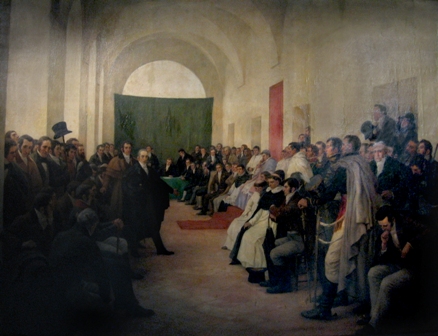
Let’s go back in time to the 18th century. The Spanish Empire had many colonies throughout the Americas (it even included Texas, California and Florida at one point). The Portuguese also has colonies in South America in what is now Brazil. Spain and Portugal were on and off at war and the colonies mirrored what happened in Europe.
In order to protect its territory better, Portugal created the Viceroyalty of Brazil in 1763. Spain felt threatened but it took thirteen years for the Empire to create the Viceroyalty of the River Plate in 1776 to curb the advance of the Portuguese in Spanish territory. Buenos Aires (or Santa Maria de los Buenos Ayres as was then) was declared capital city.
Cut to 1806. On 27th June, a British fleet led by Sir Home Popham invaded Buenos Aires, unbeknownst to the British government. The invasion was short-lived as the invaders were expelled in August. Another expedition, led by William Carr Beresford and approved by the Crown, disembarked in Buenos Aires on 16th June, 1807 and took the city. A mix of Spanish soldiers and criollo (Spanish Americans of European descent born in the colonies) militiamen expelled the enemy forces a month later. The main reason for the failed invasions was to find new markets after Napoleon closed European ports to British products.
Meanwhile, things in Spain weren’t going well. Napoleon invaded the country and deposed King Ferdinand VII. The Empire was in a critical state of affairs. Back in the Viceroyalty, there were some criollos who felt they were ready for independence. After all, they had managed to repel an enemy invasion almost without any help from Spain and gave them a more prominent role.
When news reached the River Plate, a cabildo abierto (an assembly of the most prominent citizens) was called in order to decide where their allegiance lay. On 22nd May the cabildo abierto decided to put an end to the viceroy’s authority over the River Plate. On 23rd May, they tried to find a balance between two opposite positions and a Junta was created, with Viceroy Cisneros as its head along with two nationalists and two moderates. They didn’t get enough support and Cisneros resigned on the 24th.
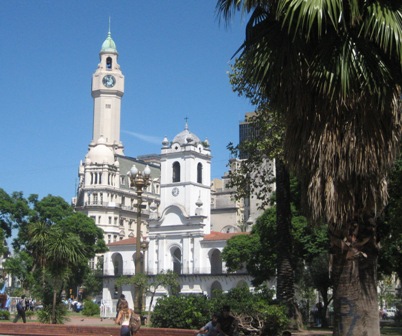
In the morning of the 25th groups of citizens got together at what is now called Plaza de Mayo (Mayo Square), outside the Cabildo, to demand a new Junta without loyalists. The pressure exerted by these groups along with that of the militia resulted in the Primera Junta, the first ever all-criollo government.
Nowadays, 25th of May is a national holiday marked by a Te Deum, a thanksgiving service held in every cathedral in the country and the president chooses which one to attend -a different city every year. It is customary to prepare traditional Argentinean dishes like locro or carbonada and wash down churros and pastelitos with hot chocolate. That has always been my favourite part of this significant day.
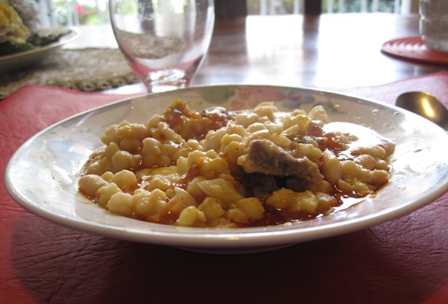
Read more
Buenos Aires Cathedral’s Tiled Floor
Ceibo, Argentina’s National Flower


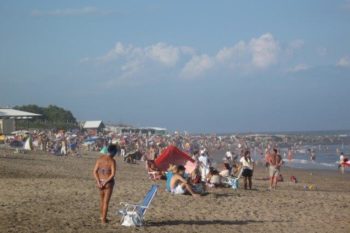
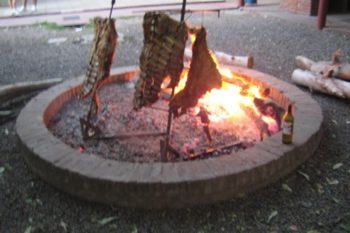

In Córdoba, it is traditional to attend a recital held in the Plaza San Martín, just outside the Cabildo that normally lasts until the small hours when the people gathered welcome the new day, or “el sol del 25”. Hot chocolate is then served to the audience.
I love your article Ana, I am always fascinated by these uprisings that make history, it’s great to discover the dynamics and amazingly the details seem to be forgotten but they change forever the destinity of a country!
Thanks, DeeBee.